
SAS Press author Matt Windham shows you how to use the SAS procedure PROC HTTP to grab raw data from a website.

SAS Press author Matt Windham shows you how to use the SAS procedure PROC HTTP to grab raw data from a website.
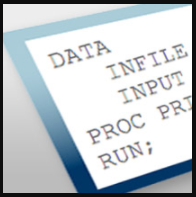
SAS variables are variables in the statistics sense, not the computer programming sense. SAS has what many computer languages call “variables,” it just calls them “macro variables.” Knowing the difference between SAS variables and SAS macro variables will help you write more flexible and effective code.
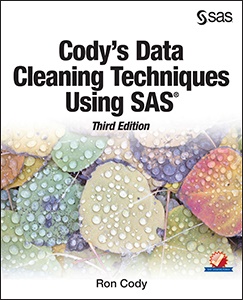
Wait! Don't close this window. I understand that regular expressions can be very complicated (yes, there are many books on the subject), but some basic expressions to test patterns such as zip codes or telephone numbers are not that difficult. In addition, you can sometimes use Google to search for

In a previous blog, Random Sampling: What's Efficient?, I discussed the efficiency of various techniques for selecting a simple random sample from a large SAS dataset. PROC SURVEYSELECT easily does the job: proc surveyselect data=large out=sample method=srs /* simple random sample */ rate=.01; /* 1% sample rate */ run; Note:

My river walk last week turned into a spectacular fall show. But if it rains this week in San Antonio, like the weatherman predicts, what will I do? In the coming days, I’ll be presenting at two user groups, one in eastern Canada in Halifax, and the other all the
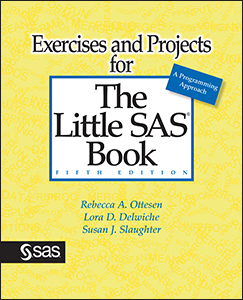
Our new book, Exercises and Projects for The Little SAS® Book Fifth Edition, includes a variety of exercises to help people learn SAS programming. Rebecca Ottesen, Lora Delwiche and I designed this book so that it can be used either in a classroom setting or by individual readers working alone.

This SAS author tip is from Robert Virgile, author of “SAS Macro Language Magic: Discovering Advanced Techniques”. It actually came about when a reader posted a comment on one of Virgile’s blogs. Thank you to that reader for their comment! Technically, %INCLUDE is not part of macro language. Yes, it
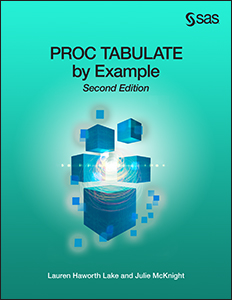
What prompted me to find a co-author and write a new edition of my original book on PROC TABULATE? It’s those inventive developers at SAS. They keep adding new features to make the product even better. There are too many new features and techniques in the book to name, but these are

This SAS tip is from Robert Virgile and his book “SAS Macro Language Magic: Discovering Advanced Techniques”. We hope you find this tip useful. You can also read an excerpt from Virgile’s book. When CALL SYMPUT creates a new macro variable, it places that variable in “the closest non-empty symbol

Many of our authors often ask us where they can find real data that they can use without copyright or other confidentiality issues. Instructors too are always on the look-out for real-life data. Well, thanks to a new initiative supported by SAS, you can now access data from more than

We have all heard the old joke about the person who sidles up to a doctor at a party and describes in great detail a medical problem a "friend" is having in order to get free medical advice. It could just as easily be a person buttonholing an accountant for

So, how did you first learn SAS programming? Originally, I was self-taught. Many years ago, I learned SAS on the job when a systems programmer quit and I took over supporting a mainframe performance software package that was written in SAS. I got a copy of the Base SAS users
Most SAS programmers have been here. Someone just wants a handful of numbers that they can add to a graph or power point presentation that is due tomorrow. You have the data files, you have a job to summarize it, and you have a dilemma. How do I get my
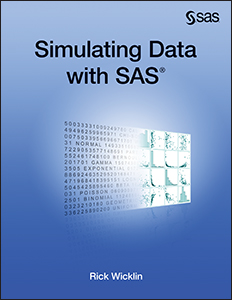
Data simulation is a fundamental technique in statistical programming and research. My book Simulating Data with SAS is an accessible how-to book that describes the most useful algorithms and the best programming techniques for efficient data simulation in SAS. Here are five lessons you can learn by reading it: Learn strategies
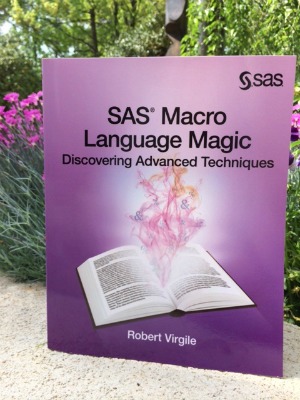
This week's SAS tip is from Robert Virgile and his illuminating new book SAS Macro Language Magic: Discovering Advanced Techniques. Robert has 30 years of experience developing and teaching SAS classes. And his new book is filled with powerful programming techniques. If you like this week's free excerpt, you can read
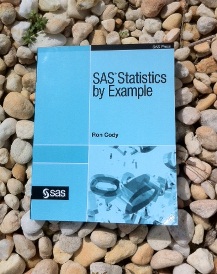
This week's SAS tip is from superstar author Ron Cody and his very popular book SAS Statistics by Example. Ron has been using SAS (and writing about SAS) for a long time. And he communicates his vast expertise in a friendly, easy-to-understand manner. If you've used any of Ron's books, I'm sure you'll agree. The following
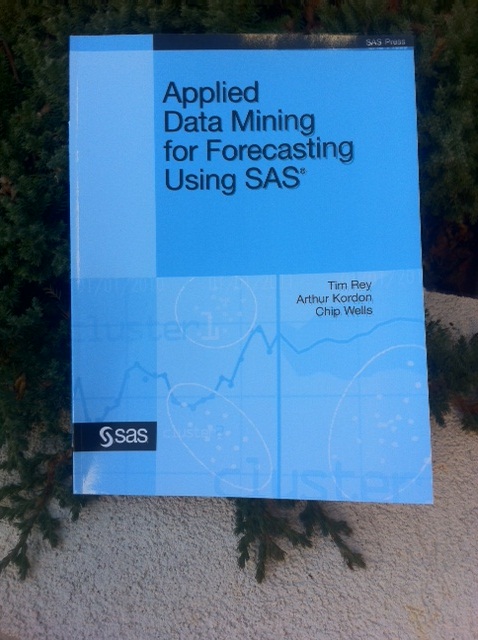
This week's SAS tip is from Applied Data Mining for Forecasting Using SAS by Tim Rey, Arthur Kordon, and Chip Wells. Whether you're a forecasting practitioner, engineer, statistician, or economist, you'll appreciate the many real-world examples in the book. And hopefully this free excerpt. The following excerpt is from SAS Press
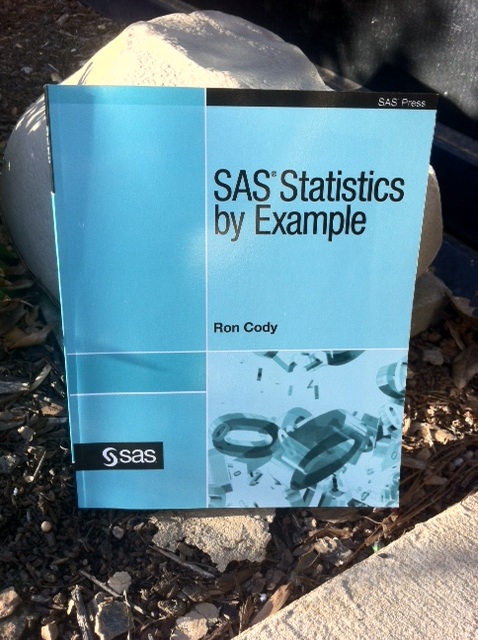
Ron Cody starts things off right with our first SAS tip of 2014. If you resolve to become a better statistical programmer this year, Ron's book SAS Statistics by Example is a great place to start. After you take a look at this week's free excerpt from the book, head over to Ron's author page. You'll
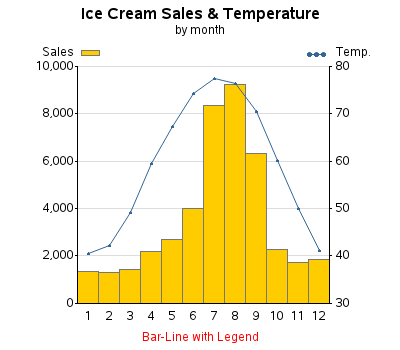
This week's SAS tip is from Barry de Ville and Padraic Neville's new book Decision Trees for Analytics Using SAS Enterprise Miner. Filled with a multitude of examples and figures, this comprehensive book has received strong early user reviews. I hope that you'll also find this week's excerpt helpful in your
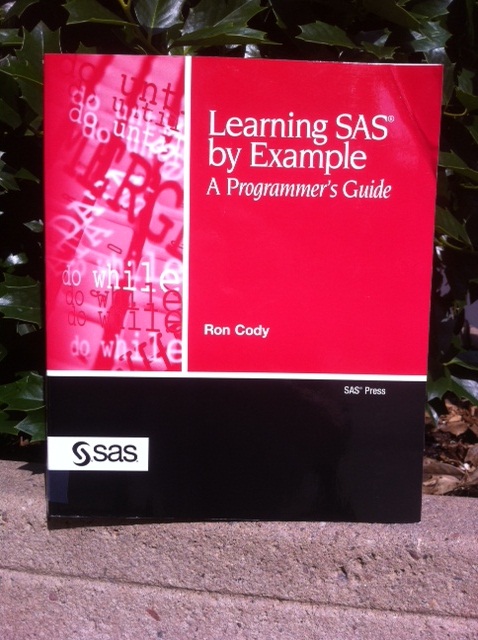
This week's SAS tip is from Ron Cody and his very popular book Learning SAS by Example: A Programmer's Guide. If you haven't yet discovered Ron Cody's work, you're missing out. Fortunately, you can learn a lot more about Ron and his many books--as well as view bonus content here. The following excerpt
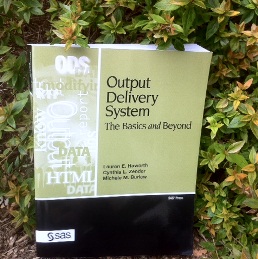
This week's SAS tip is from Lauren Haworth, Cynthia L. Zender, and Michele Burlew's book Output Delivery System: The Basics and Beyond. This example-driven book includes broad coverage of some of the best features of ODS. To learn more about the book and the authors, visit our Web catalog to read
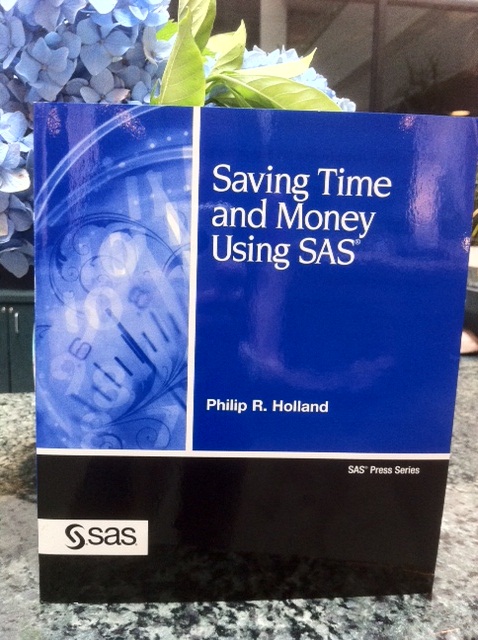
This week's SAS tip is from Phil Holland and his book Saving Time and Money Using SAS. Besides being a popular author, Phil is a frequent speaker at conferences around the globe and an active participant in online communities. If you're on LinkedIn, look for him on SAS Professional Forum
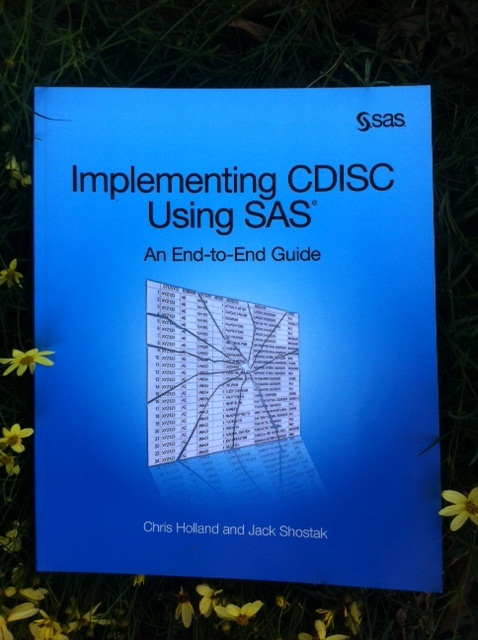
This week's SAS tip is from the new book Implementing CDISC Using SAS: An End-to-End Guide by Chris Holland and Jack Shostak. This comprehensive book will help anyone dealing with CDISC standards. Learn more about the book and the authors--plus get free content here. The following excerpt is from SAS Press authors Chris Holland and
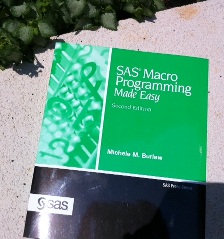
This week's SAS tip is from Michele Burlew and her book SAS Macro Programming Made Easy, Second Edition. Michele is the author of several extremely helpful SAS books. Visit her author page to learn more about her work and for additional free content. The following excerpt is from SAS Press

This week's SAS tip is from Ron Cody and his latest book Cody's Collection of Popular SAS Programming Tasks and How to Tackle Them. Learn more about this esteemed user and his many bestselling SAS books--as well as get additional bonus content on his author page. The following excerpt is from
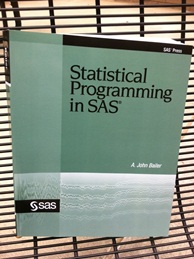
This week's SAS tip is from A. John Bailer and his book Statistical Programming in SAS. A SAS user for over 30 years, John is a Fellow of the American Statistical Association and the Society for Risk Analysis--and a member of the International Biometric Society and the International Statistical Institute. The following
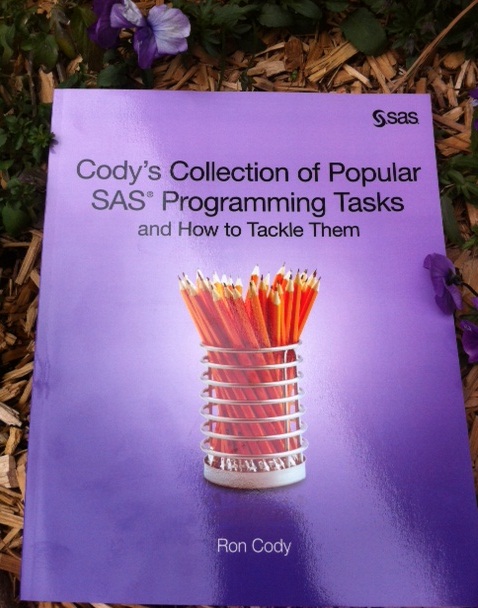
This week's SAS tip is from Ron Cody and his new book Cody's Collection of Popular SAS Programming Tasks and How to Tackle Them. If you're a SAS user and haven't explored Ron's work, you're missing out! Visit Ron's author page to view his extensive list of SAS books, user

This first SAS tip of 2013 comes from the illustrious Ron Cody and his bestselling book Learning SAS by Example: A Programmer's Guide. I hope you'll find this excerpt helpful- as well as all of our future weekly tips on this blog. Here's to a great year! The following excerpt is from SAS Press
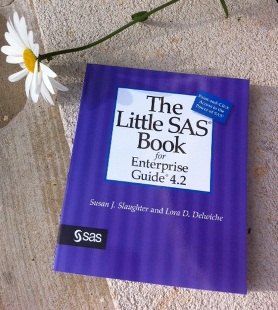
This week's SAS tip is from Susan Slaughter and Lora Delwiche's bestselling The Little SAS Book for Enterprise Guide 4.2. Susan and Lora are revered in the user community. And their work continues to help SAS users throughout the world. I hope you'll also find value in this week's excerpt. The following excerpt is from
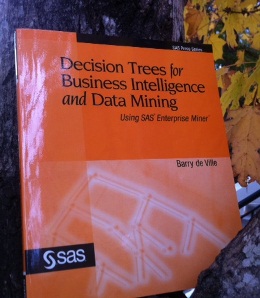
This week's SAS tip is from Barry de Ville and his book Decision Trees for Business Intelligence and Data Mining: Using SAS Enterprise Miner. Barry is a technical and analytical consultant at SAS. To learn more about Barry and his forthcoming new edition of the book, following this week's excerpt, visit his author